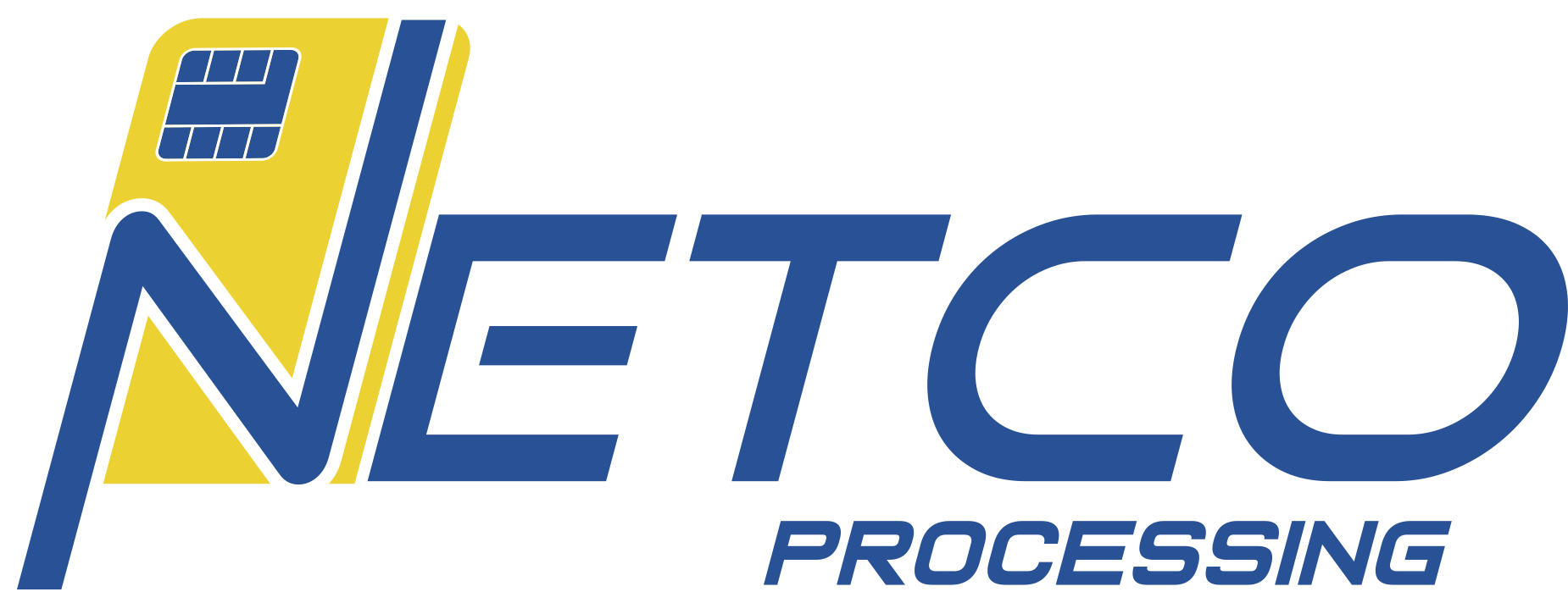Dual Pricing & Surcharge Programs
Dual pricing and surcharge programs are an effective strategy to manage transaction costs, and cater to customer preferences. From gas stations to local eateries, these programs offer merchants flexibility in pricing while addressing the challenges posed by credit card processing fees.
Understanding Dual Pricing
Dual pricing is a method of pricing where merchants offer different prices for products or services based on the payment method chosen by the customer. For example, gas stations commonly display a reduced prices for cash transactions vs. credit / debit card payments.
This strategy allows businesses to pass on savings from cash transactions to customers while offsetting credit card processing expenses when customers elect to pay by card.
Dual Pricing Program Implementation
To effectively implement dual pricing, merchants need suitable technology solutions such as payment terminals or point-of-sale (POS) systems. These tools enable transparent presentation of cash and card prices to customers, ensuring compliance with regulatory requirements.
While dual pricing is legal in all 50 states, there are some regulations that must be followed, along with other considerations. Displaying both prices prominently maintains is mandatory for compliances, and provides transparency and mitigates potential disputes or misunderstandings. Businesses must adhere to legal guidelines and accurately communicate pricing terms to avoid regulatory penalties or consumer backlash, which is why it’s important to work with an experienced provider like Netco when implementing your dual pricing strategy.
Before embracing dual pricing, businesses must assess several critical factors to determine its suitability and potential impact:
Customer Payment Preferences
Understanding customer behavior is paramount. While dual pricing may incentivize cash transactions, it could alienate card-paying customers if not implemented thoughtfully. Analyzing payment trends and consumer preferences can inform pricing strategies that align with customer expectations.
Revenue Implications
While dual pricing offers cost-saving opportunities by minimizing credit card processing fees, businesses must evaluate its impact on overall revenue. Potential trade-offs, such as reduced sales volume or customer dissatisfaction, should be weighed against the benefits of fee reduction.
Compliance and Operational Considerations
Ensuring compliance with legal regulations and operational feasibility is essential. Businesses should invest in reliable payment solutions and engage with knowledgeable partners to navigate compliance requirements effectively.
Surcharge Programs
In contrast to dual pricing, surcharge programs involve adding a fee when customers opt for specific payment methods, typically credit cards. While offering similar cost-saving benefits, surcharging presents distinct legal and perceptual considerations for businesses.
Surcharging legality varies by jurisdiction and is subject to regulations imposed by states and credit card networks. While permissible in many regions, surcharging may be prohibited or restricted in certain states or subject to maximum fee limits.
Moreover, surcharges can evoke negative consumer sentiments, potentially deterring customers and damaging brand reputation. Careful communication and transparency are crucial to mitigate perceived unfairness and maintain customer trust.
Set Up A Dual Pricing & Surcharge Program
In navigating the complexities of dual pricing and surcharge programs, businesses must strike a balance between cost optimization and customer satisfaction. Collaborating with knowledgeable payment partners like Netco Services can streamline implementation and ensure compliance with regulatory requirements. Moreover, leveraging integrated solutions that encompass marketing, loyalty, and analytics capabilities can enhance overall business performance and customer engagement.
